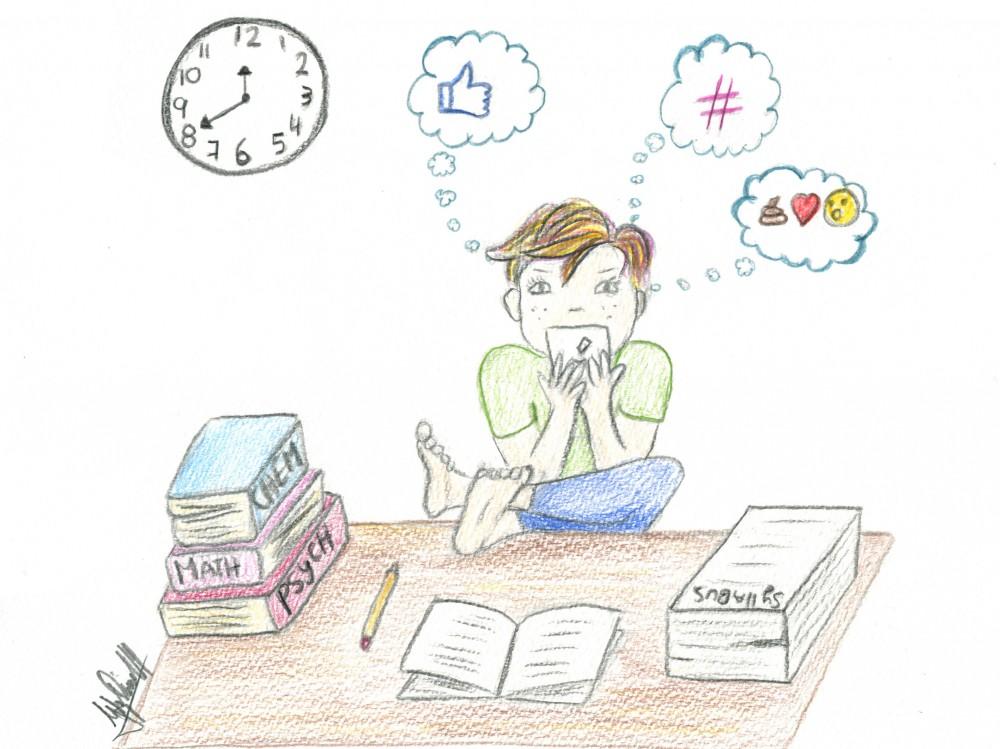Did You Know That What Weakens You Can Also Make You Sick?

Did You Know That What Weakens You Can Also Make You Sick?
Today’s flu epidemics affect a lot more people and are accompanied by much stronger symptoms than ever before.
The viruses from both these eras are still very much the same.
What has changed dramatically among the general population, though, is the natural resistance to viral attacks.
Our natural immunity to such microbes is many times lower than it was just 100 years ago.
Tooth decay and depleted vision among young people are very common now.
There are numerous new and rapidly growing epidemics, a phenomenon unheard of just two centuries ago.
They include millions of people suffering from diabetes, heart disease, cancer, etc.
The fact that our modern societies are plagued with so many chronic illnesses shows that there are entire generations with weak constitutions, caused mainly by stress, unhealthy diets, and harmful lifestyles.
People who lived a hundred years ago and enjoyed good hygienic conditions were much less prone to develop chronic illnesses than we are today.
Heart disease, for example, which is today’s leading cause of death, rarely killed anyone at the beginning of the 20th century.
Our time is characterized by over-stimulation, which has a strong energy-depleting effect on the body such as;
- Watching television too often and for too many hours
- Emotional stress and trauma
- Time pressure
- Excessive noise, air, water, and soil pollution
- Constant exposure to artificial lights
- Pharmaceutical drugs
- Coffee, tea, alcohol, sodas
- Sugar, sweets, chocolates
- Meat and junk food
- Overeating food
- Sleep deprivation
- An irregular lifestyle/daily routine
- Excessive sex
- Too little water intake
This list is by far not complete, but it gives you a sense of the wide range of weakening influences that we are generally exposed to in today’s modern world.
All of these factors lead to the retention of toxic waste in the body.
Toxins are formed in the body when metabolic waste products and debris from old worn-out cells are no longer eliminated properly.
If they remain in the body, they become subject to bacterial attack and/or are met with a dramatic increase in free radical activity.
The resulting toxins that are generated by this act of self-preservation naturally act as stimulants.
Once formed, they stimulate the body to eliminate them from the system.
Under normal circumstances, that is, if the body’s life force or vital energy is strong and efficient, the body can do this without getting overtaxed or harmed.
Through balanced periods of rest and activity, it spontaneously returns to its equilibrium state.
But when the body is exposed to too much stimulation and is unable to rebalance itself, its “batteries” can no longer be fully recharged.
With “flat batteries”, the physical engine is unable to rid itself of all the metabolic and cellular waste generated minute by minute, day after day, and year after year.
As a result, much of the waste and resulting toxins begin spreading throughout the body.
Wherever they occur in extremely high concentrations, they provoke a toxicity crisis.
A toxicity crisis indicates that the body’s resistance to disease (immunity) has dropped to a level of low efficiency.
When the body is forced to hold on to too many toxins, it is also more prone to infection.
If an infection is treated through suppressive methods rather than supportive ones, chronic illness may result.
Chronic illness predisposes one to accelerated aging and premature death.
Each time an infection is suppressed, the subsequent congestion in the deeper-lying structures of the body increases the workload of the heart, making it increasingly weak and stressed.
Heart disease, which is the prevalent killer in most countries of the industrialized world, could largely be prevented if we didn’t suppress immune responses such as the common infection.
When a virus or bacterium that is normally rendered harmless by the immune system infects a person who is filled with toxins, this infection proves that the immune system was already compromised before the infection.
For as long as an energy-depleting influence is maintained, and toxicity and dehydration continue to impair immunity, even the most powerful antibiotic drugs will not be able to permanently stop the infection.
Microbes (bacteria) are not the real cause behind an infection, although this is what the patient is told.
Microbes cannot thrive in a healthy, clean environment.
For microbes to do their job, which is to dispose of waste and destroy dead or damaged cells, they need to be in a fertile environment, an environment that invites them in.
We have been led to believe that the most common and dangerous bacteria and viruses to humans are either already dwelling within our bodies or living in our immediate surroundings, e.g., in the foods we eat, the air we breathe, the bathrooms we use, the door handles we touch, the pets we cuddle, or the hospitals we visit.
As long as the body is congested and unable to remove its toxic waste, these micro-organisms can strike repeatedly, at any time.
A patient who is trapped in the vicious cycle of infection-antibiotics-infection-antibiotics can break it and prevent further episodes of infection through a program of cleansing and resting.
Both of these are required to help the body eliminate accumulated toxic waste.
Before starting on a cleansing protocol though, I encourage people to identify any existing sources of energy depletion in their lives and to replace these with energy-increasing habits.
Today many young people are suffering from chronic diseases, and unless they make some drastic changes in their lives, they will find it difficult to ever regain their health.
The body cannot truly heal if it keeps accumulating new toxins faster than it can dispel them again.









Educative and an eye opener
Thank you